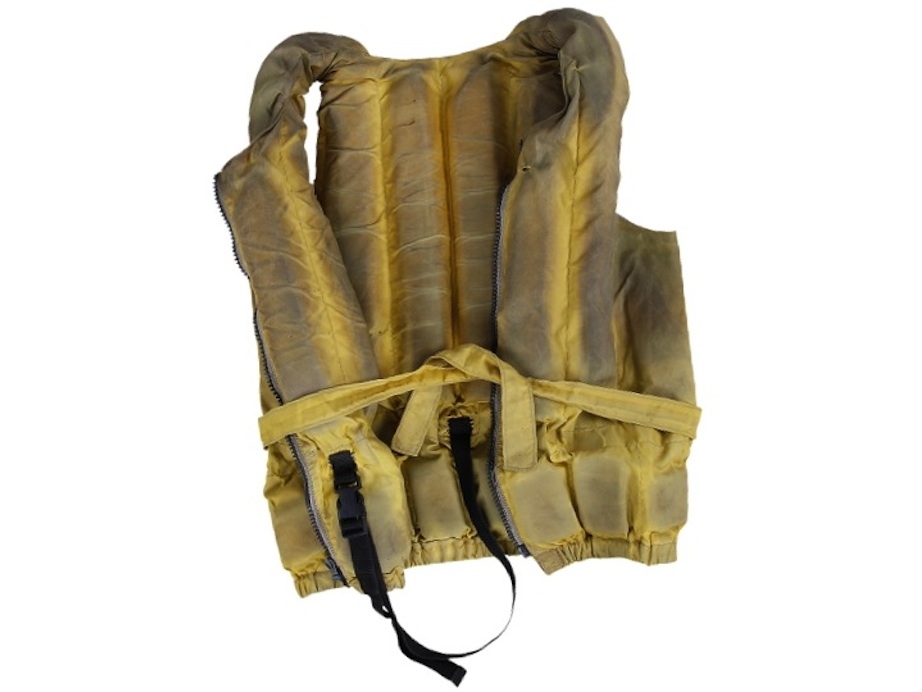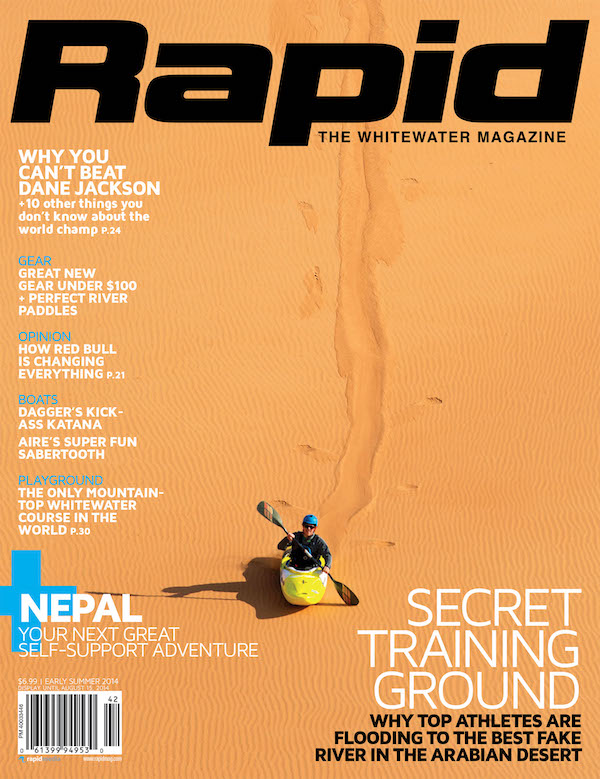These days there are hundreds of life jackets to choose from. They’re extensively tested to earn Coast Guard approval and designed to be perfectly comfortable, whatever your water sport.
It wasn’t always this way.
I started boating in the mid-70s when a coworker invited me on a day float on Idaho’s North Fork of the Clearwater River. I was hooked from that first trip and had my own raft by the following year. Even the best life jackets of that era were crappy—ill fitting, flimsy or bulky. And not much of a swimmer.
After seeing a horse collar vest rip off a friend getting maytagged in a hydraulic and a big “Mae West” jacket come untied, I went looking for alternatives. My criteria: a secure fit, durability and lots of flotation. I looked in local stores but didn’t find it.
Boating magazines of the day carried ads for Wildwater Designs, a company owned by Charlie Walbridge. Charlie is a whitewater safety expert, coauthor of the pioneering Whitewater Rescue Manual and one of the original inductees in the Whitewater Hall of Fame.
One of the products he carried was the Hi-Float Life Vest Kit. That’s right, I said kit—a sew-it-yourself life jacket package.
I ordered my kit by mail in early 1980 for $24.50. I still have the receipt. It contained precut panels of burly nylon fabric, strips of soft buoyant foam, a heavy-duty zipper, nylon thread and complete instructions containing this troubling note:
Some people have complained that these life vests trap water. If yours does you can allow for drainage in this way. Get a nail, a candle, and a pair of pliers. Light the candle, grasp the nail with the pliers, and heat it until it is quite hot. Use the nail to punch holes in the bottom of each foam compartment. The heat will seal the edges of the hole.
I didn’t know how to run a sewing machine, but wanted to put it together myself. My wife, an excellent seamstress, coached me through the process. The result was a tough, snug-fitting, high-flotation jacket. The pounds of buoyancy it advertised were well up in the twenties. You could fold up the portion below the waist tie to make it more compact, or wear it down full length. At some point, I added a between-the-legs strap to make it even more secure.
That jacket saved my bacon many times, down hundreds of river miles, including all of Idaho’s crown jewel rivers and on far-away floats like the Grand Canyon. I had some classic swims but it always bobbed me to the surface.
I wore my Hi-Float for almost 20 years, until the zipper finally failed.
When I saw Charlie at a swiftwater rescue clinic in 2004, I brought out the old jacket to show him and he thought I was trying to get it warranted!
Charlie eventually sold the design to Extrasport, whose current Swiftwater Ranger Rescue Jacket is a child of the Hi-Float.
It could get hot, it wasn’t adjustable and it didn’t carry any certification, but I made it myself, it was custom-sized, I trusted it with my life.
Clyde Nicely’s chief passion is multi-day rafting. He strings words together for a living as the e-News editor at NRS.
Feature photo: Courtesy Ashley Grittner/NRS




 This article was first published in Issue 16, Volume 2 of Rapid Magazine.
This article was first published in Issue 16, Volume 2 of Rapid Magazine. 